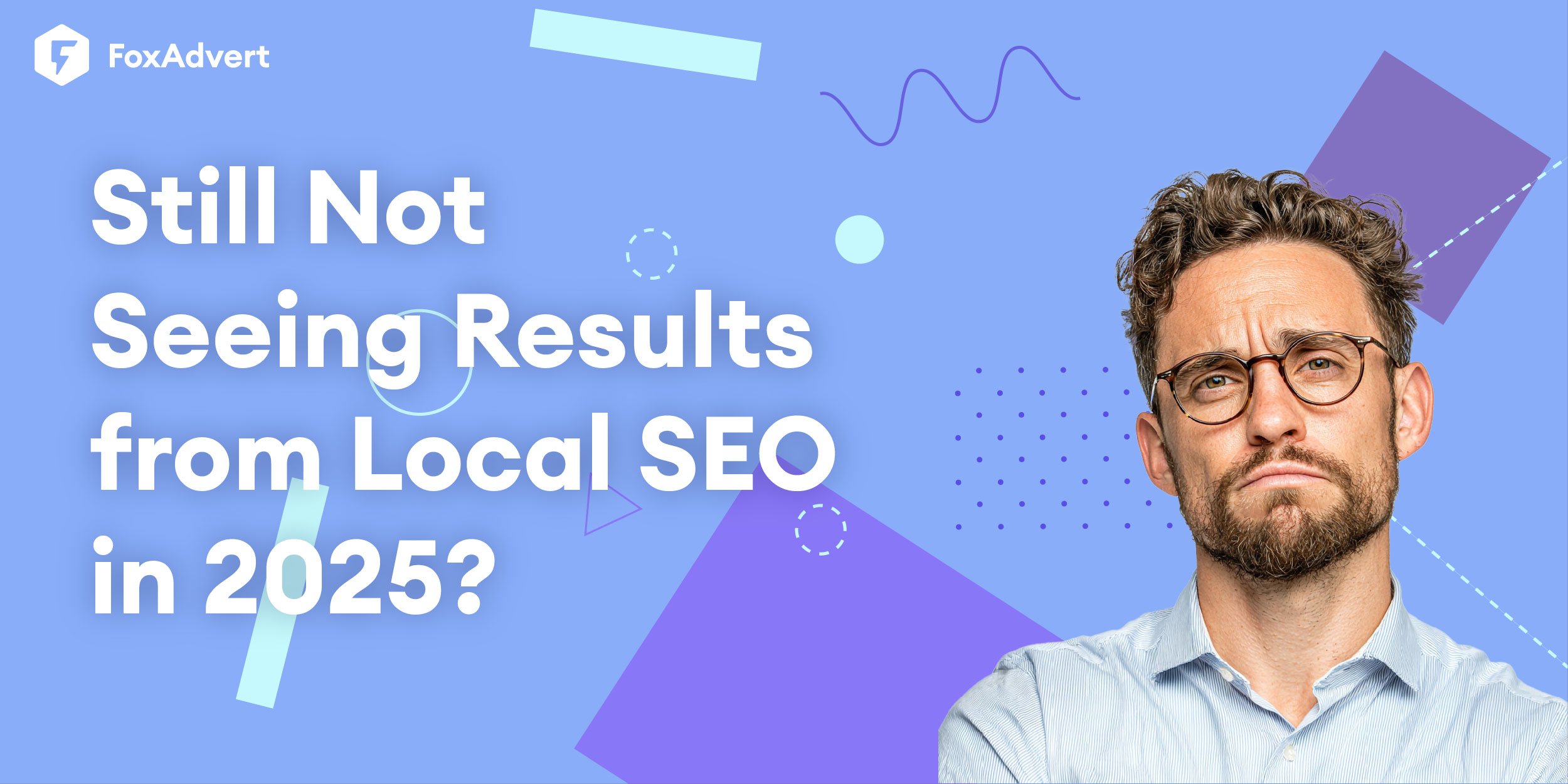
Local SEO techniques combine a variety of strategies and tactics designed to help your business rank higher in local search results. These may include:
However, one question still lingers: Do these tactics still work?
You may have already implemented some local SEO efforts in your business, yet you’re still not seeing meaningful growth or improvements in visibility.
So, why does this happen and what else can you do to get better results?
Many businesses invest time and money into Local SEO but don’t see meaningful results. That’s often because there are underlying issues preventing growth.
In reality, many factors can undermine Local SEO effectiveness, even if you’re doing “the right things” on paper.
One of the reasons is that Local SEO is not instant. It can take 3 to 12 months to see consistent traffic and calls after doing Local SEO, especially if you’re in competitive niches like legal, healthcare, or home services.
Many businesses lose patience, quit too soon, or underinvest in ongoing optimization.
Even if you optimize your Google Business Profile and get citations, you may still be competing with other companies that have more than 10+ years of established authority, hundreds of 5-star reviews, and bigger budgets for link building and content.
If you’re not realistically evaluating your competitors, you can end up stuck below them in the map pack and organic results.
A big obstacle to growth is often the business website itself. For example, if your website is slow, ugly, or hard to navigate, visitors will eventually leave. Not to mention, if your site isn't mobile-friendly, you're also losing traffic.
Inconsistent NAP citations may also affect your visibility in Google. If you have different names, addresses, and phone numbers across different platforms, Google may not trust your business's legitimacy.
Keywords also play a part. If you are not ranking for the right keywords, you won’t be discovered by the correct audience. For example, if you are ranking for "best cookie recipe," it won’t help your bakery physical store to be found by people —unless you’re selling the recipe, then that’s fine.
You also need to check your market. Sometimes it’s not an SEO problem; it might be because your area of service is too small or the service you’re offering is too niche.
The local search demand might be too low to generate meaningful results, even with excellent SEO. If that’s the case, you’ll need to work out a different strategy, not just Local SEO.
The last scenario is when growth is happening but isn’t being measured. This can happen when businesses don’t set up call tracking, form tracking, Google Analytics goals, and GMB insights. As a result, they don’t see what’s actually improving or where leads are coming from.
Check out this checklist if you are looking to audit your current local SEO.
In order to get the best result from the local SEO implementation, you should;
What you can do is to set realistic expectations from the beginning. Understand that SEO is a long-term strategy.
A consistent schedule for updates, content creation, optimization, and review progress monthly, can help you to focus on building momentum over time instead of expecting immediate results.
Start with a competitor analysis to understand who you’re up against. You may look at their reviews, content strategy, backlinks, and website quality.
Then, identify areas where you can stand out like offering better service descriptions, creating helpful local content, or encouraging satisfied customers to leave reviews.
Focus on carving out your niche instead of trying to copy big competitors directly.
A fast, well-designed site not only helps SEO but boosts conversions. So, implement these things to improve your website experience:
Use citation tools or manual audits to find and correct any inconsistencies.
Focus on high-intent, location-specific keywords such as “cookie shop in [your city]” or “custom birthday cookies near me.” It is important to not use broad keywords if you want people to find your physical store.
Conduct keyword research using tools like Google Keyword Planner or Ubersuggest to ensure you're going after phrases your actual customers are searching for.
Ultimately, proper tracking helps you quantify your return on investment (ROI), avoid wasteful spending, and continuously optimize your Local SEO strategy for real, measurable growth.
If you're doing Local SEO but not seeing results, it's likely due to a combination of common issues rather than the tactics themselves being ineffective. Local SEO still works in 2025, but it requires proper execution, realistic expectations, and ongoing effort.
An SEO service can be a valuable solution to your Local SEO problems, but only if it's the right kind of service that understands local search, not just general SEO.
As long as you treat it like a strategic investment and choose the right partner who tailors the work to your goals, location, and competitive situation.
At FoxAdvert, we specialize in helping local businesses uncover what’s holding them back and build digital marketing strategies that actually work.
From optimizing your Google Business Profile and fixing technical SEO issues to targeting the right local keywords and improving your website experience, we take a practical, data-driven approach to get you found by the right customers.
Whether you need a full local SEO audit, help building authority in your niche, or simply want to start measuring what’s really driving results FoxAdvert is here to guide you step by step.
No hype, just strategies that bring clarity and results.
Let’s talk about how we can align your SEO strategy with business outcomes, starting with the foundations that matter most. Schedule your free strategy session now!